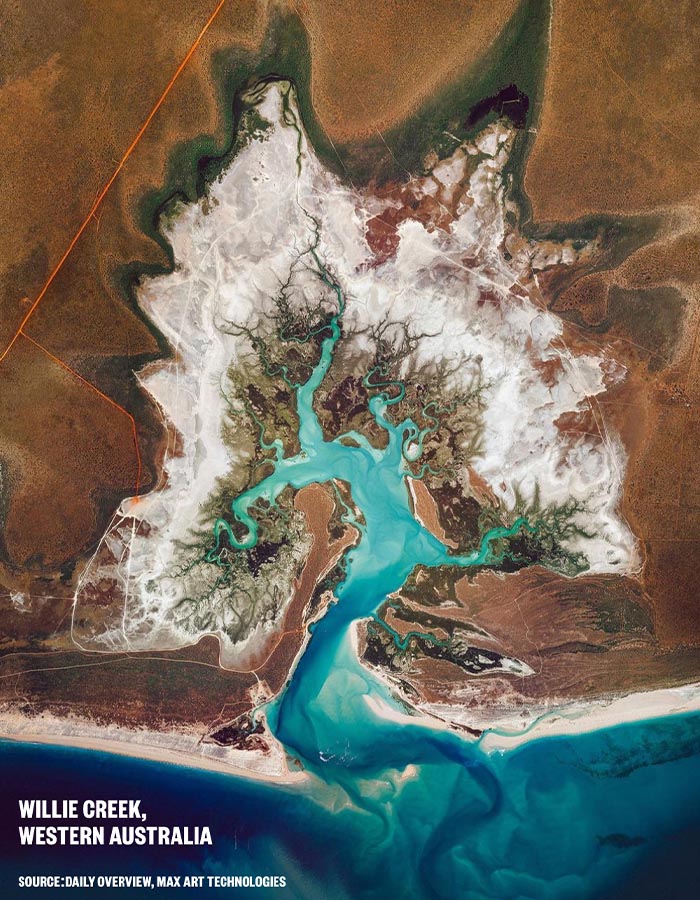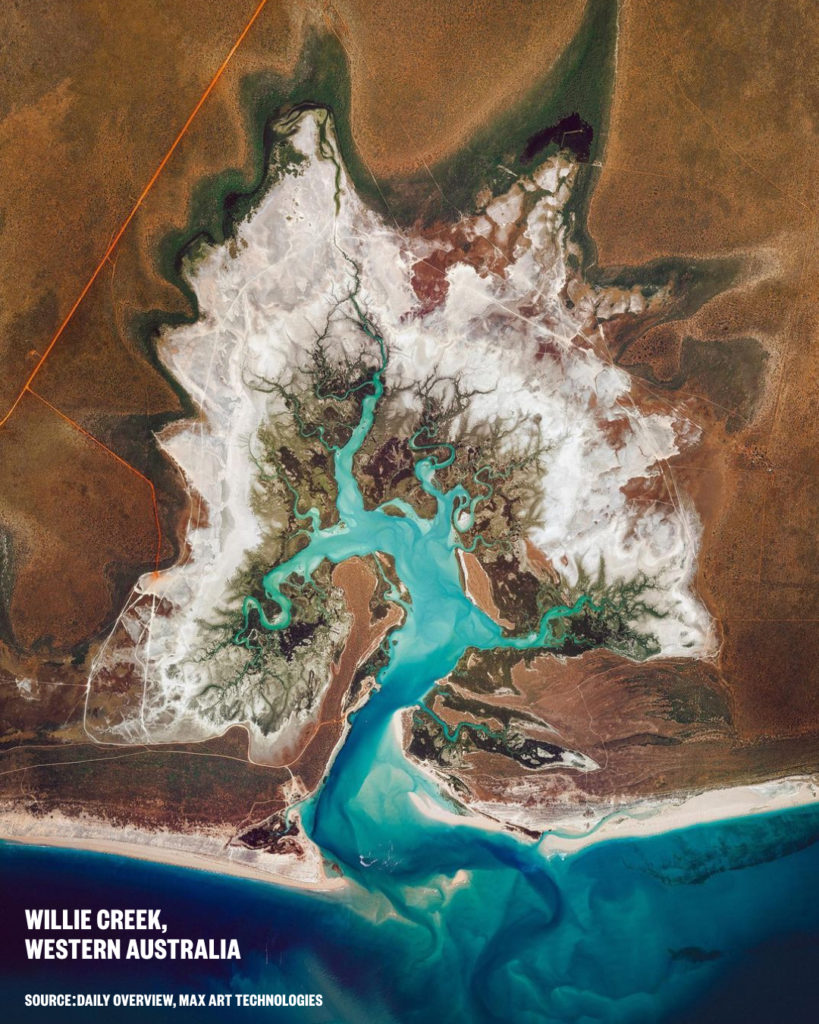The necessity of safeguarding ocean ecosystems: World Oceans Day 2023
June 8, 2023
The ocean covers 70 per cent of our planet and represents over 95 per cent of the biosphere. It also produces at least half of the planet’s oxygen while absorbing around 30 per cent of carbon dioxide, making it a key ‘carbon sink’ in buffering the impacts of climate change.
Despite humanity’s utter reliance on it, ocean ecosystems are under constant threat due to global warming and coastal extraction. The year 2022 saw the hottest temperatures ever recorded for the world’s oceans, and since over 90 per cent of rising air temperatures are absorbed by oceans, it is an alarming measure of how the climate has rapidly shifted. United Nations (UN) data estimated that up to 90 per cent of big fish populations have been depleted, with more than half of coral reefs already destroyed due to human activities.
Planet Ocean: Tides are Changing is the theme for World Oceans Day 2023, commemorated every 8 June by the UN, stating this year that the planet’s interconnected bodies of water “only receives a fragment of our attention and resources in return of all its benefits”.
Here are recent news and projects on FuturArc that have highlighted the necessity of safeguarding ocean environments, as well as examples of sensitive architecture in coastal areas.
Indonesia upturns sand export ban after 20 years—what does it mean for the ecosystem and communities?
Last month, the Indonesian government passed a regulation on the mining (including dredging and suction) and export of sea sand—something that had been previously banned in 2003. The export ban had been enacted to prevent environmental damage, including land subsidence, to small islands such as those in the Riau area due to sea sand mining. Local Riau fishermen had consistently expressed their strong rejection for mining activities, and claimed that the government had never spoken to them prior to reopening the export channel. According to Yonvitner, head of the coastal and marine resources research center at the Bogor Institute of Agriculture (IPB) in a report by Mongabay, any economic benefit of exporting sea sand will be dwarfed by the ecological losses and subsequent restoration costs, especially if sea sand becomes a commodity whose economic value is determined by the markets.

Land reclamation in Asia: Is eco-engineering possible?
Asia has been growing at a staggering rate for quite some time now—both figuratively and literally. From Dubai, China to Malaysia, land reclamation is nothing new as the furious demand for a variety of developments has fuelled the creation of coastal reclamation. What are project case studies, past and present technologies as well as the environmental impacts of reclamation? Does it remain a viable way to promote development in the near future?
Read the excerpt here: https://www.futurarc.com/commentary/land-reclamation-eco-engineering/

A centre for sustainable ocean economy: Fornebu Brygge
A disused parking lot will be transformed into a centre for sustainable ocean economy in the fjord-side Fornebu Brygge. Working closely with a water research institute, the project places importance on preserving marine biodiversity on-site, both underwater and along the shoreline. The building is designed with above ground as well as underwater spaces for research and education. It will focus on challenges and solutions for cleaning the fjord, which has been heavily polluted as a result of agricultural waste.
Read more: https://www.futurarc.com/project/sustainable-ocean-fornebu-brygge/

Water conservation in the Bay area: Google Bay View
Water has long been called as the most precious resource in California. Overlooking the San Francisco Bay is Google’s first facility built from scratch, equipped with retention ponds that could capture around 7 million gallons of storm water and create new wetland habitats for flora and fauna. A significant impact is the restoration of meadow, woodland and scrubland wildlife habitats. It establishes new willow groves, which had almost entirely disappeared from the South Bay area.

Green balconies for seaside cooling: Chicland Hotel
On a major road along a coastline in Danang, Vietnam, many buildings are tall concrete blocks that rely on artificial cooling to achieve thermal comfort. In contrast to such buildings, Chicland Hotel reduced its ambient temperatures by vertically filling balconies with as much greenery as possible on a modest site of only 700 square metres. Each balcony’s position had been carefully studied to select the appropriate types of plants and soils.
Read more: https://www.futurarc.com/project/chicland-hotel-uses-green-balconies-for-seaside-cooling/

Disaster-proofing island communities: Siargao Resettlement Project
Several years ago, the catastrophic Typhoon Odette struck the island of Siargao in Philippines, claiming hundreds of lives and destroying buildings—affecting 99 per cent of the island’s population. The Siargao Resettlement project comprises master plans and an easy-to-construct housing system in an environment that is safe and liveable from potential hazards and danger.
Read more: https://www.futurarc.com/project/siargao-disaster-resettlement/

To read the complete article, get your hardcopy at our online shop/newsstands/major bookstores; subscribe to FuturArc or download the FuturArc App to read the issues.
Previously Published Commentary, Online Exclusive Feature
Contact us at https://www.futurarc.com/contact-us for older commentaries.


